“Oh yeah! Insects are full of proteins!”
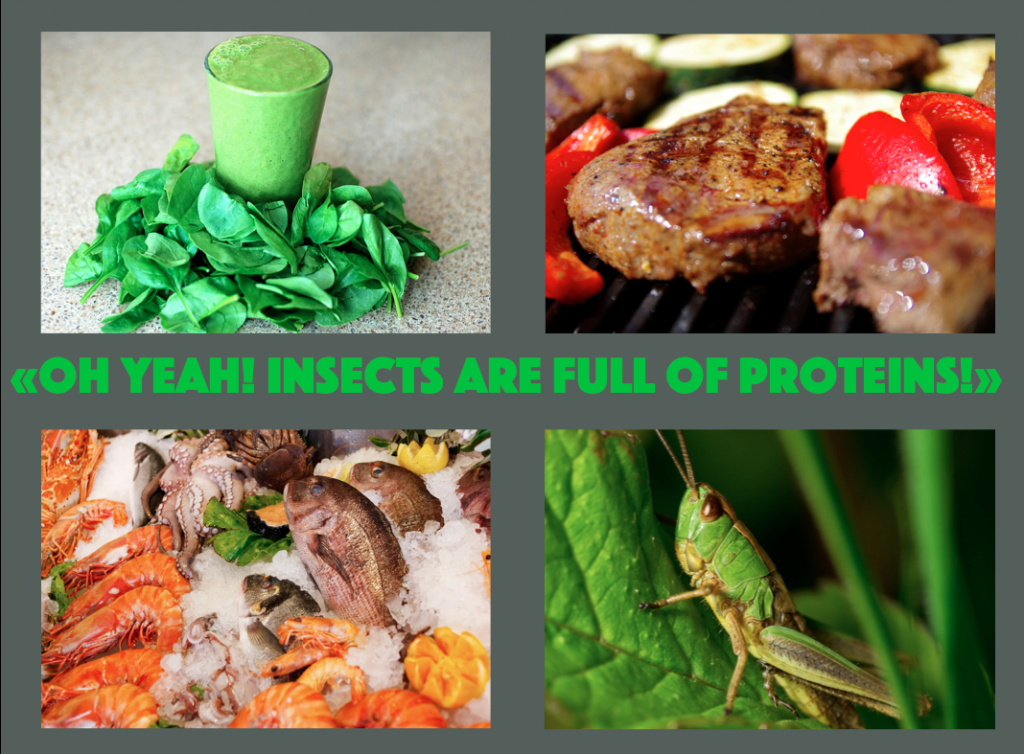
“Oh yeah! Insects are full of proteins!” That is exactly the sentence I heard when I tell people that I eat insects and I want to promote entomophagy. Indeed, there are some proteins in insects (and so much more!) but what are really “proteins”? For a lot of people, proteins are just there for making your muscle grow. But, it is a little bit more…
You guessed right! This article will be about nutrition and specially PROTEINS!
What are “proteins”?
Proteins are like tiny machines inside the cells composing all living things from the bacteria, to the grasshopper, the oak and us.
It is a macromolecule composed of amino acids chained together and it has a many different sizes and shapes.
There are 21 different amino acids composing the proteins of the living cells and so millions of different proteins combinations available. Imagine each amino acid as one brick (don’t forget that there are 21 different bricks!) and the proteins as the buildings (structures). Each building has its own size, shape and combination of bricks (sequences).
Where do we find proteins in our body?
Like proteins are very different you can find them almost everywhere! It is the second most present compound in our body after the water and it represents almost all of the dry matter.
You can find them in your nails, skin and hairs(in mine too, some time ago…).
They are the main composant of your muscle fibers and are present in your different organs. Hemoglobin in your blood is a protein too.
Ok, so proteins are everywhere, but what are there functions?
Protein is one of the 3 members of the macronutrient family (which that contain the calories) available in food with the carbohydrates (sugar is one member of the carbohydrate family) and the fats. (In fact, there is a 4th member, alcohol, but it is less used for providing this kind of energy!).
Our body rarely stocks proteins so we need to bring them by food. As you can find them in every part of our body, they have a lot of different fonctions.
First, the proteins brought by food are broken during the digestion and the amino acids are remolded to form new proteins that will replace the old or damaged ones.
Secondly, they have some specific fonctions like allowing the movement of the muscle or helping providing the rigidity of the bone.
They can also be enzymes, neurotransmitters or hormones which provide us different vital functions like breathing or moving.
So for athletes who want to build some muscles, the proteins consumed after the exercise will repair the broken muscular fibers during the effort and build more tissues.
The main fonction of proteins is not to provide energy, this is the role main role of carbs (and fats)! If these 2 are not present in enough quantities, the proteins can be used as source of fuel and it can have some negative impacts on the muscle mass and tonicity. But don’t panic, this can only happen during a very long fasting period or during a very long and exhausting effort!
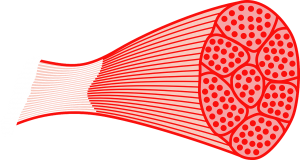
A myocyte (muscle fiber) composed of many myofibrils. (Myofibrils are composed by chains of long proteins)
So we have to eat proteins but how much do we need?
The daily requirement of proteins depends on many factors like the age, the sex, the physical activity and the metabolism.
The FAO (Food and Agriculture Organization) has statued a reference intake of 0.8g/kg of bodyweight. That means if you weight 70 kg, you will need 56 grams of protein per day (56 x 0,8). This value is an average for a sedentary adult.
The value can raise to more than 2g/kg for people who wants to build some muscles. Personally, as an ancient obese (my metabolism is special) and very active, I tried many values and my optimum intake states between 2 and 2.2g/kg.
Are there some benefits for consuming a large amount of proteins?
For sportives, a higher protein intake will helps build muscle and strength.1
Proteins provide more satiety than fats or carbohydrates and reduces instantly the appetite.
During the digestion, proteins boost the metabolism and make the body burns more calories.
For a healthy person, who eats enough vegetables, eating a large amount of proteins doesn’t affect your kidneys.
What are the main proteins sources?
We can mainly separate the sources in two main origins. The proteins can come from animal or vegetal sources.
The main vegetal sources are : grains, beans, nuts and cereals. You can find a little amount of proteins in fruits and vegetables too.
The quantity of proteins goes from 1 to 5% for fruits and vegetables to 20% for some beans and nuts and even 35% for the soy!
Many of the vegetal sources are rich in carbohydrates (cereals) and some of them in fats (nuts or beans). In soy, for example, you have 20% of fats and 35% of carbohydrates.
The main animal sources are : meat, fish and sea products, eggs and dairy products.
The quantity ranges from 3% for the milk, to 11% for complete egg and around 20-25% for the others.
The animal sources are low in carbohydrates and the fat content varies. For example, for the white meat, almost everything else is water. In red meat and fish, you can find from 2% to 20% of fat depending on the piece or specie. The fats in the eggs come mainly from the yolk and the white is composed almost only of proteins.
So we can find them in a lot of different food but,do they all have the same quality?
You can judge the quality of a protein by its digestibility and the amino acids composition.
The digestibility of a protein is the amount of protein absorbed into the body relative to the amount consumed.
- Animal sources have an approximate value of 95%.
- The soy has an approximate value of 95% too. But, the values for the other vegetal sources are lower.
We saw that they are 21 amino acids composing the proteins. 9 of them are considered as essentials (essential or indispensable amino acids) that means that they can’t be synthesized by the body from scratch and need to be supplied by food. The indispensable amino acids are the : valine, isoleucine, lysine, histidine, methionine, phenylalanine, tryptophan and threonine. The FAO had established a minimal daily intake for these amino acids.
A “complete source of protein” must be composed at least of the minimum values for each of these amino acids. For the same product, the values can be very different, it can depend on several factors such as, for example, the origin or the preparation method.
In sum, the animal sources are complete . In meat, fish, dairy products or eggs, you can find enough of all these amino acids.
The vegetal sources can have a deficiency of one or two of these essential amino acids (exception for the soy which is a complete source).
Like the amino acid deficient is not always the same, some combinations of these different proteins sources can complete the proteins. Some of these combinations are native, they are, for example, corns and beans, red beans and rice or semolina and yellow pea (in the couscous). Typically, a mix between a cereal and a bean make a complete source of protein. This combination doesn’t need to be made in a single meal.
Well, that’s a lot of information! Can you make a little summarize?
First, we saw that proteins are everywhere, they provide vital fonctions in our body and as they can’t be produced by the body they need to be brought by food.
Secondly, the quantity and quality of proteins are different among all of the different ingredients.
The animal sources are complete and are better digested than than vegetal one. The vegetal ones need to be combined and eaten in a larger quantity for having the same quantity of proteins. (Some of these plants can contains some anti nutrients, phyto-oestrogen or gluten2. But on the other side, meat and fish can contain some saturated fats,pollutants or traces of medicines, but all of this is not our daily subject! Let’s focus on the proteins!).
Okay, and what about insects?
There are more than 1900 edible species. As all of these species can be very different, so can be the values. Even among the same species, the values can vary depending on different factors such as the feed, the metamorphic stage (larva, pupae or adult) or the age.
Protein is the main component in most of the species. However, some of them can contain some fatty acids and a special sort of carbohydrate (the chitin).
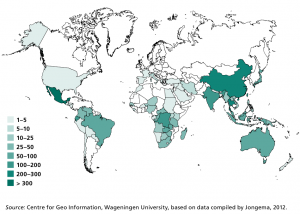
Recorded number of edible insect species, by country (Edible insects – Future prospects for food and feed security, FAO, 2013)
Some example of amount of proteins (% on fresh matter)3 :
- Palmworm beetles : from 7 to 36%
- Mealworms : from to 14 to 25% (average value of 23.7%)
- Crickets : from 8 to 25% (average value of 20.5 %)
- Locusts and grasshoppers : from 14 to 18%
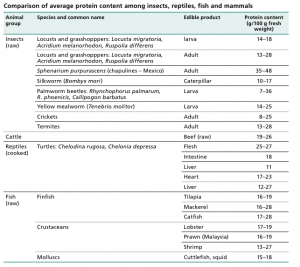
Comparison of average protein content among insects, reptiles, fish and mammals (FAO, Edible insects – Future prospect for food and feed security, 2013)
Other values are available here.
We were right, insects are full of proteins, but what about the quality of these proteins?
Like the quantities, the qualities can be very different and rely on several factors.
For the digestibility :
The average digestibility of insects protein is about 90%. The protein of the yellow jacket(Vespula Squamosa) has only a digestibility of 77% whereas this value can raise at 98% for some aquatic bugs4!
For the amino acids composition :
From the studies and articles founded, the results are different but both of them argue for the quality of the insects as a good source of proteins. In all cases, the proteins of the species studied are considered as complete. On one hand, insects proteins are “just as good as soy protein”5. In another case, the values were a bit better than beef 6. In a last case, they were even better than the whey protein (protein powder made from dairy products used as supplement by the athletes)7. The differences may come from the initial values of the different ingredients, the methods, or the factors taken in account.
PS : I’m totally aware that the total quality of a food can’t only be sum up by its protein value. Indeed, the main subject of this article was a presentation of the proteins and their occurence in insects. The benefits of using insects as food and feed bring many opportunities in different aspects, but some constraints will must be taken in account. More information about all of this will come soon in other posts, so please don’t be so impatient!
Bonus :
These portions represent approximately 20 grams of proteins :
Insects :
- 30 grams of cricket powder
- 100 grams of fresh crickets
- 85 grams of fresh mealworms
Meat :
- 105 grams of ground beef
- 85 grams of chicken
- 80 grams of turkey
Sea products :
- 80 grams of tuna
- 100 grams of salmon
- 80 grams of shrimps
Eggs and dairy products :
- 3 complete eggs
- 5 white eggs
- 185 grams of cottage cheese
- 100 grams of mozzarella
Vegetal sources (only the soy is a complete source!) :
- 250 grams of canned red beans
- 220 grams of crude rice
- 150 grams of oat
- 700 grams of spinach
- 70 grams of soy
Ressources :
(1)John D Bosse, Brian M Dixon,Dietary protein to maximize resistance training: a review and examination of protein spread and change theories (*)
(2) Julien Venesson,Paléo-Nutrition (2014)
(3) FAO, Edible insects : Future prospects for food and feed security, page 69, (2013) (*)
(4) Ramos-Elorduy,Nutritional Value of Edible Insects from the State of Oaxaca, Mexico(1997) (*)
(5) Ergo-log.com – Insect protein just as good as soya protein, not as good as milk protein (*)
(6) FAO, Edible insects : Future prospects for food and feed security, page 75, (2013) (*)
(7) Robb Wolff.com, True paleo protein insects (*)

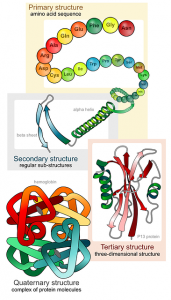
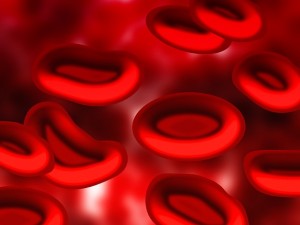
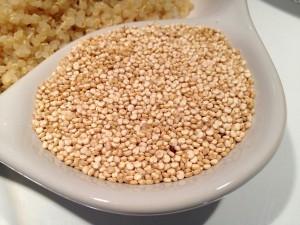
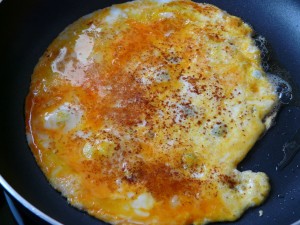
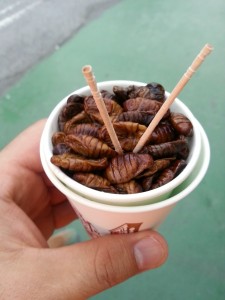
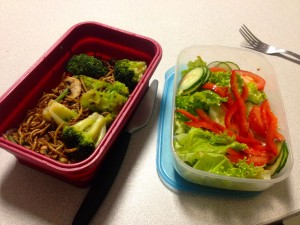

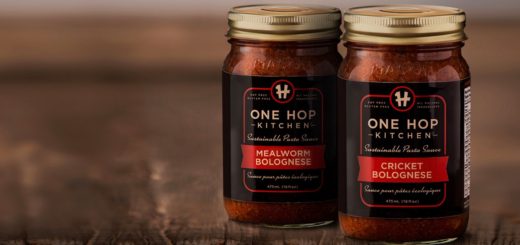
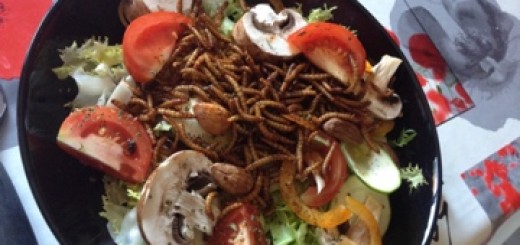
10 Responses
[…] That is exactly the sentence I heard when I tell people that I eat insects and I want to promote entomophagy. Indeed, there are some proteins in insects (and so much more!) but what are really "pro… […]
[…] Previous story “Oh yeah! Insects are full of proteins!” […]
[…] are a sustainable source of animal protein. For example, they are a more sustainable source of protein than the Mirkwood’s deer, the […]
[…] really degrading and narrow-minded thinking that sportives and fitness enthusiasts only care about proteins, we’re not only “protein’s […]
[…] truly consider insects as “a food for performance”. As everyone knows, they contain a large amount of proteins of good quality. But mealworms and crickets are also a good source of magnesium which is important for different […]
[…] and better, we all know that food is one of the major key for this. Well, insects are high in proteins and are relatively low in fats. (For more information you can check the complete nutritional […]
[…] proteins are essential in order to build some muscle, but also to stay lean and to provide satiety. In this […]
[…] proteins are coming from the cricket flour. These proteins contains all the essential the amino acids and […]
[…] We will finish by “were insects only source of proteins?” […]
[…] everywhere, they are said to be the next food trend and the source of proteins for the future (Click here if you want to read my article about the proteins). If you mix the 2 previous information, you have […]